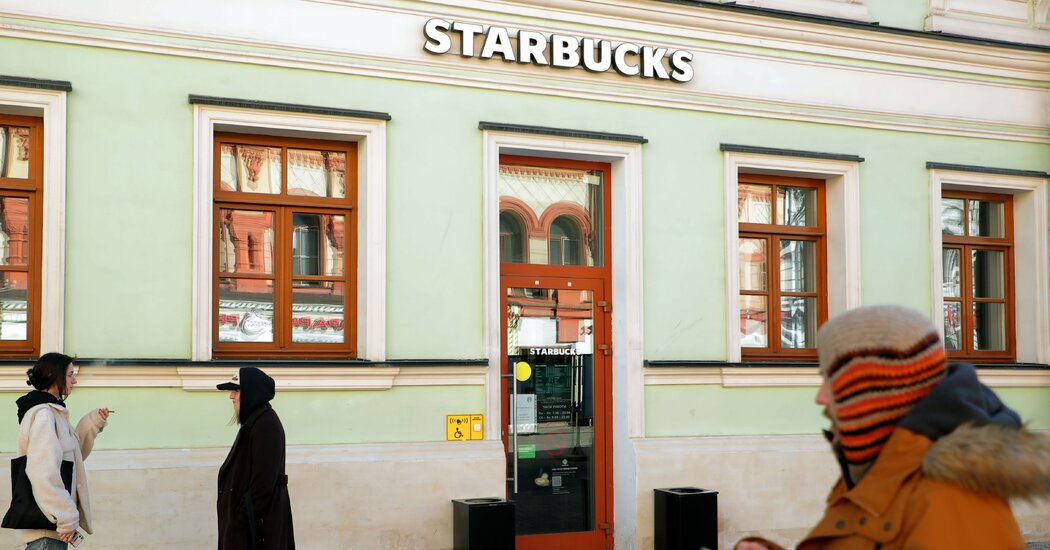The United States said Monday it would provide Romania with a training simulator in preparation for the construction of a new type of nuclear power plant in the country.
If agreement is reached on the continuation of a power plant, Romania could become the first country in Europe, if not the world, to have such a plant, known as a small modular reactor. Designed to be less expensive and easier to build than traditional nuclear reactors, modular reactors have been proposed by several manufacturers.
Which was to be built in Romania by NuScale Power, a startup company based in Portland, Oregon. The government announced that the plant would be built in Doicesti, on the site of a shuttered coal-fired power plant about 85 miles northwest of Bucharest.
The arrangement was announced at a press conference held by a group of US officials and businessmen visiting Bucharest, including David Turk, the deputy secretary of energy, with Romanian counterparts, including Virgil-Daniel Popescu, the country’s energy minister.
The United States, which has not played a major role in building new nuclear power plants abroad in recent years, could stand a chance of taking an early lead in what could be another nuclear race with Europe and China.
France and Britain are also looking into building small nuclear reactors, but their programs seem less sophisticated.
NuScale’s approach to nuclear power involves building relatively small reactors in factories and then assembling them in groups at the actual site to generate power. The goal is to reduce both the cost and time required for construction. Conventional modern nuclear power plants can cost $10 billion or more.
The plan includes the construction of a power plant consisting of six of the modular units. The plant would generate 462 megawatts of electricity, making it the size of a medium-sized conventional power plant. Such a plant could cost about $1.6 billion, according to figures published by the US Embassy in Bucharest. The hope is that it will be operational by the end of the decade.
Romania will stop using coal, a politically difficult exercise that puts many jobs at risk. Romanian officials and NuScale executives say choosing a former coal-fired power plant would save money by using some of the existing facilities, such as power grid connections, and provide work for the coal-fired power plant’s workforce.
For coal communities, the nuclear plants could “provide rejuvenation, so to speak,” said Cosmin Ghita, chief executive of Nuclearelectrica, a Romanian utility that operates the country’s two existing nuclear reactors in Cernavoda, about two hours east of Bucharest.
The simulator is said to be at a university in Bucharest and used to train Romanians and others from the region to operate one of the reactors. The US government would pay for it, as a sign of commitment to the deal.
In 2019, Romania broke off talks with China over the supply of additional conventional reactors at Cernavoda and turned to the United States as the country’s main nuclear partner. Although the reactors at Cernavoda are of Canadian design, Romanian officials say they are talking to US contractors about a role in building new ones.


